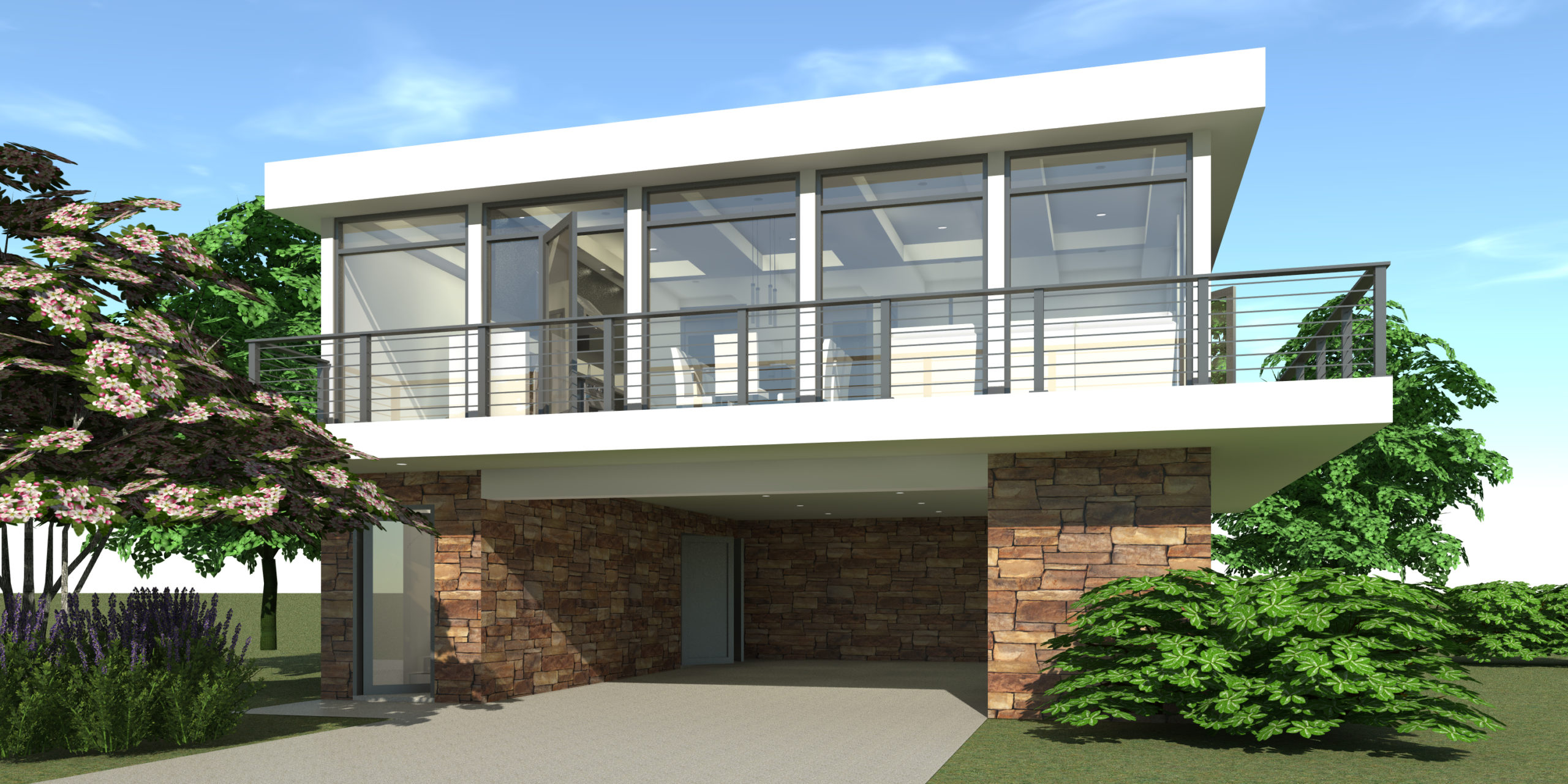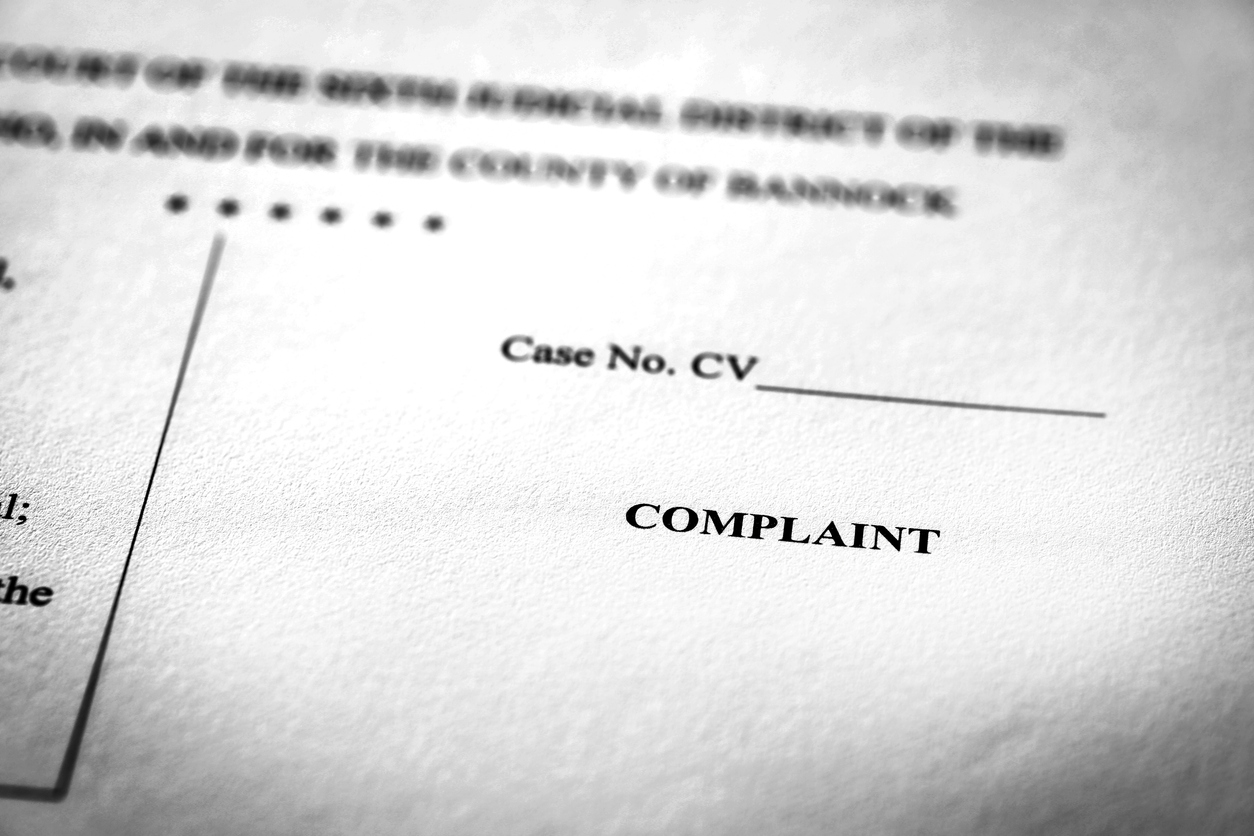A policy is a contract and should represent the clear intent of both parties under the agreement. But what happens if what was intended to be covered under a policy is not actually described in the policy?
This happened in Alvarez Ortiz v. Universal Insurance Company,1 where at the time of the claim the policy did not describe coverage for a second floor built on top of the property. However, the insureds alleged that the insurer was negligent and did not make a proper inspection of the property or review the necessary documents or confirm the physical description of the property when the agreement for coverage was made back in 1998. Had the insurer inspected the property in 1998, they would have noticed and understood that the insureds had the clear intention to obtain coverage for the second floor, which was the habitable wooden level of the property, and not the first floor, which was an open cement space available to park cars.
The property had been described under the policy as only one floor built in cement; therefore, the insurer denied coverage for the damages suffered on the second floor built in wood. The policy had been in effect for more than fifteen years, and the insurer never inspected to confirm the property under coverage. The first time the insurer sent an adjuster to inspect the property and found the policy description did not match was in 2017 after Hurricane Maria damaged the property.
The insured sued the insurer for denying insurance coverage. The insurer filed a Motion for Summary Judgement in the First Instance Court of Puerto Rico (trial court), claiming they denied coverage because the damages occurred on the second floor of the property – built in wood – and the policy only covered the first floor built in cement. The trial court denied the Motion for Summary Judgement, and the insurer appealed. The Court of Appeals reversed the trial court ruling concluding there was only one question in controversy: Are the damages to the second floor claimed by the insured covered under the policy? The appellate court’s response was no, the policy was clear that it only covered the first floor in cement. The Court of Appeals granted the insurer’s Summary Judgement because the insured should have known that his policy only covered the first floor, which was the only cement structure on the property.
The court held that, in Puerto Rico, the responsibility of confirming the correct and complete description of the property on the policy was not only the insurer, but the insured was also responsible for confirming the property was correctly described and covered under the policy. Insureds should carefully read their policy and make sure the coverage is as they intended for their property.
_____________________________
1 Alvarez Ortiz v. Universal Ins. Co., 2019 WL 4410027 (P.R. App. June 14, 2019).




